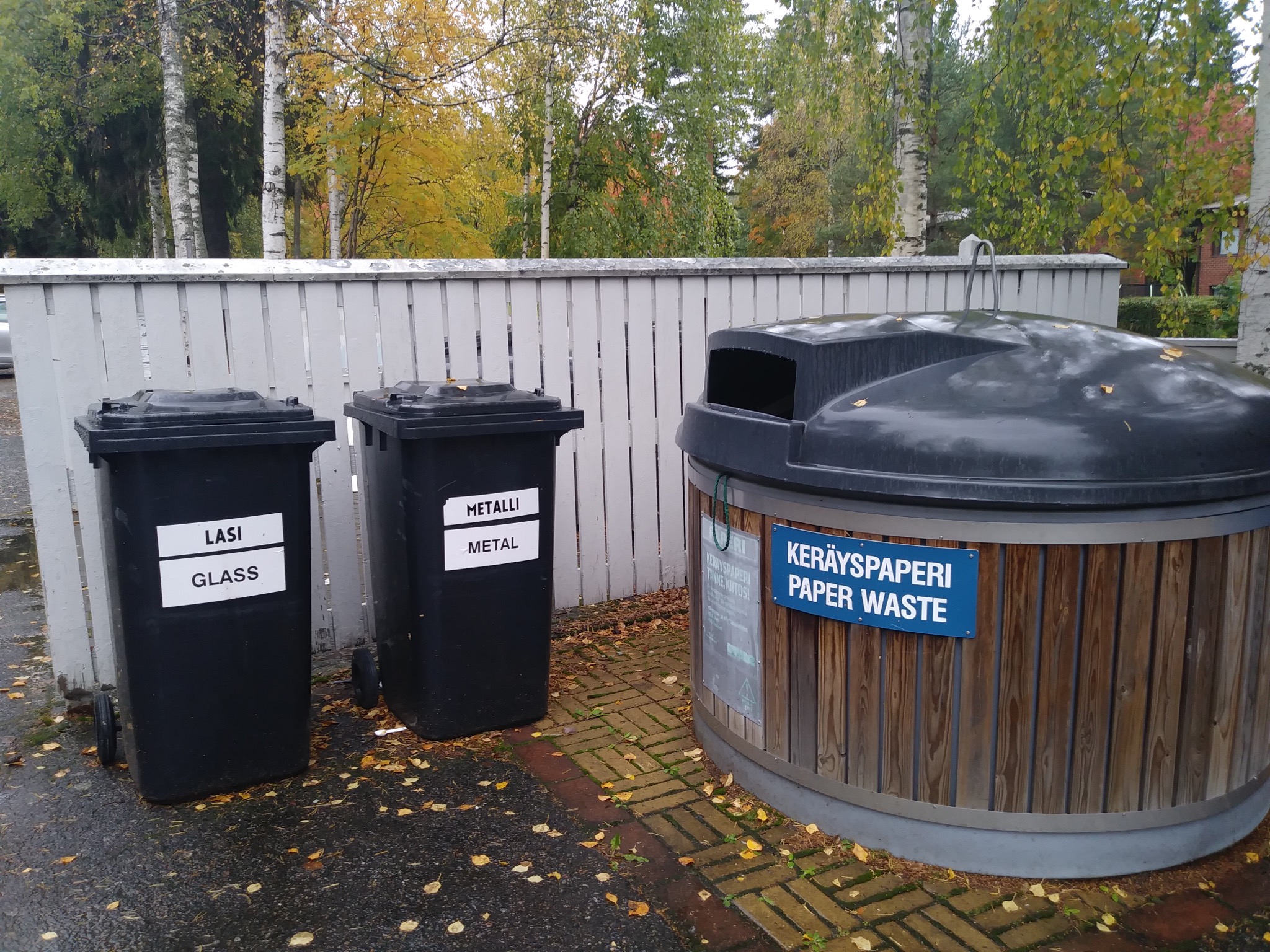Trash. Garbage. Waste. Call it what you will, but one thing will always come to mind— something to be discarded without a second thought. Like a lot of people, I’m not always the best about my consumption and ultimately my waste production. I’m pretty good about recycling, but even I had something to learn when I arrived in Finland to study at University of Eastern Finland.
I chose Finland as my destination for studying abroad because of its reputation for sustainability. At Agnes Scott College, my home university, I’m a biology major, with minors in education and environmental & sustainability studies. In short, I’m a recycling dork and tree-hugger. Needless to say, I was interested to see how waste worked in one of the world’s most environmentally-friendly countries.
One month into my time studying at the University of Eastern Finland, if I had to define what is so decidedly different about the Finnish way of living that makes it so sustainable, I would say it’s the way that they view their waste. Within a week of arriving, UEF gave me a welcome package which included, among other things, a waste sorting guide.
Now, most people in the U.S. would say “What, is it so hard?” And as someone who can tell you all about their home university’s recycling, even I was a little confused. How much harder could it be? But when I unfolded the poster-sized guide, I saw everything from the standard paper and glass recycling to new-to-me bio-waste and combustible waste recycling.
Recycling is simply a way of life here. Paper, cartons, glass, textiles, metal and plastic packaging are sorted into recyclable waste. Food leftovers and the like are put into an on-site composter, and everything from pet litter and chewing gum to hygiene products and cigarette ends are sorted into combustible waste. For the Finns, none of this is going to waste.
Bio-waste/compost is used as fertilizer or treated in the biogas facility to be turned into district heat and electricity. Recoverable waste, such as paper and plastic, is reused in manufacturing. And combustible waste, which admittedly had me a little confused and approaching the container with caution at first, is what cannot be recycled, and ultimately is utilized in heat and electricity production. Their waste simply… isn’t. Nothing is at the end of its lifetime when it leaves your hands— it goes on to be your next milk carton or the heat in your home during the cold winters.
It’s inspiring, really, not only for a recycling dork like me. It makes you stop to think about what you’re doing when you finish off that bottle of soda or open up a new pack of pens. It makes you more consciously of your waste, and forces you to pause for a good cause. So, today marks one month in for me, and who knows? Maybe by the end of my semester here, I can truly say there was not a moment or product wasted.
Like this Story? Also like us on Facebook.

